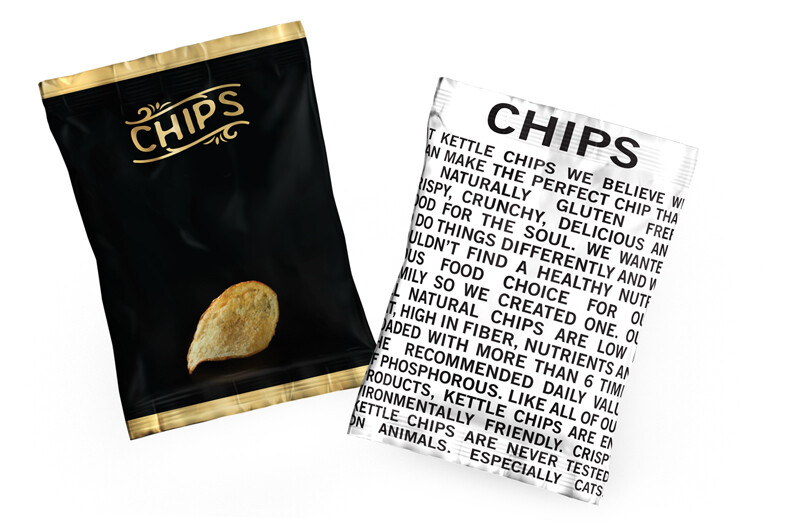Good Design is Hard to Find
When Done Right, You Hardly Notice
Good Design is Hard to Find
The dilemma of artists and designers everywhere: we crave an audience, yet we strive to remain invisible. Like the photographer who avoids her own reflection, we endeavor to create, capture or edit our work in such a way that no one would notice what we’ve done. Usually and in its purest form, artistry and creativity is so focused on either pleasing the audience or altering their emotional state that it is obvious what we have done. However, when design and marketing enter an artist’s agenda, we try to disguise our hand.
A beautiful model in an exquisite outfit photographed in an inspiring setting is not all it seems at first glance. Someone spent a tremendous amount of time on hair, makeup, lighting and just the right shutter speed. So many images were discarded, compared or cropped just right before the right composition was found, all in the hopes that the viewer might get the sense of a natural layout and that the scene was not forced or posed. Even the most beautiful of subjects receives her fair share or editing in post, alterations to focus, photo retouching (or, airbrushing, as they used to call it) and tweaks to brightness, contrast, color and saturation.
When design and marketing come together, we try to disguise our hand.
Make the Viewer Believe it is Real
Good Design is Hard to Find
The same is performed for even the greatest singing voice or the most talented musician. In every aspect of artistry, entertainment and marketing, some of the artists involved are completely invisible. The very best sound technician makes it so that listener never realizes there was any alteration to the sound. For many recordings, the sound is removed completely and reassembled in a sound studio, often props and ambient noise are a recreated using surprisingly innocuous techniques (think coconut shells and horse shoes). Have you ever seen an epic movie and wondered who the sound stage operator was? The best photo manipulators will edit your images so that they look completely natural, leaving behind just the right amount of imperfections so that the models look real. The garments might have gotten held up in customs and at the last second the shoot was done using off the rack goods, later the real garments were separately shot on a mannequin and digitally reworked onto the model. Only the best can do something like that without leaving a mark, but there are some who can. Most photographers can get rid of a tattoo, edit out a zit or stretch the backdrop just right so there is no edge. Some can swap out the background altogether, mix and match expressions with poses, smooth out wrinkles, rebuild hair and recolor eyes.
Even an amateur can edit her pictures to appear skinnier, bustier or without skin blemishes. But always the goal is the same: make the viewer believe that this image is real and little to nothing was edited.
Nowhere is it more evident than in the food business. A popular cliché is to point out the images of a fast food company’s marketing campaign as compared to what their food really looks like. I’ve seen what some stylists do to the food to get the perfect shot. Before our digital age, they would spend hours painstakingly moving and gluing each sesame seed or go through hundreds of heads of lettuce looking for just the right leaf. Now, we combine photo retouching with other techniques to achieve those goals without taking as long or being as wasteful.
This image is real
Paying for the Indiscernible
Good Design is Hard to Find
All of this goes for layouts and interfaces as well. A perfectly made website navigation is designed to be so intuitive that you don’t even think about it. If you have to stop and think about how to find the content you want in a magazine, an ad or on a webpage, then the designer has failed to fully immerse you, therefore risking conversions. Packaging is another perfect example. Some products spend a significant portion of their cost on packaging. Some brands dedicate a lot of resources to designing clever packaging that typically gets noticed for about two seconds – if its purchased, opened and cast aside it is considered successful.
We can get our fix of attention and praise by taking our secretly retouched images and our cleverly designed packaging and hanging them up on our mother’s refrigerator door so everyone can see how talented we all are. But that still leaves us with one quandary that few professionals ever consider: how to fairly price work that is designed to go unnoticed? Oh, the first time is simple – the client asks for some images to be improved or a layout to be optimized and we give them back something beautiful. But, the thirty-third time or the hundred and third time it becomes easy to forget what it would look like without an artist’s invisible hand. Before and after’s and version reports don’t always tell the whole story or do justice to the project. Most often we roll our invisible work in with more obvious content and price them together. Sometimes we work with clients who easily recognize the difference. Occasionally, a client will begin taking our work for granted, forgetting about all the subtle little improvements we make and the painstaking steps we take to stay unseen. When you start to find yourself telling your photographer or your artist how perfect your product appears or how ethereally beautiful your model looks, try to remember, part of what you are paying for is the indiscernible.
- Upselling and Cross-Selling Infographic - November 28, 2017
- Share Like you Mean It - August 22, 2017
- Not Short for Apples - July 13, 2017


